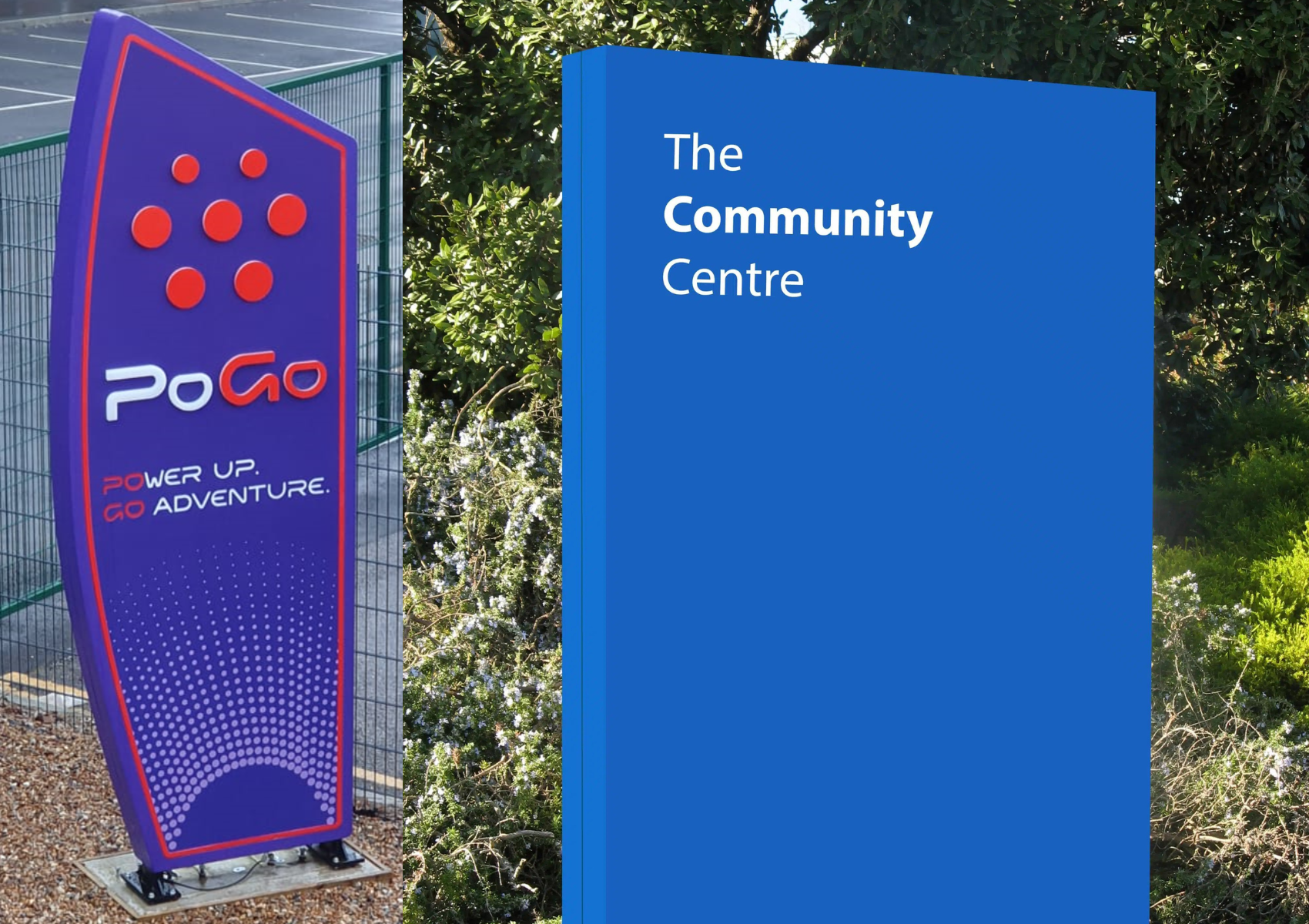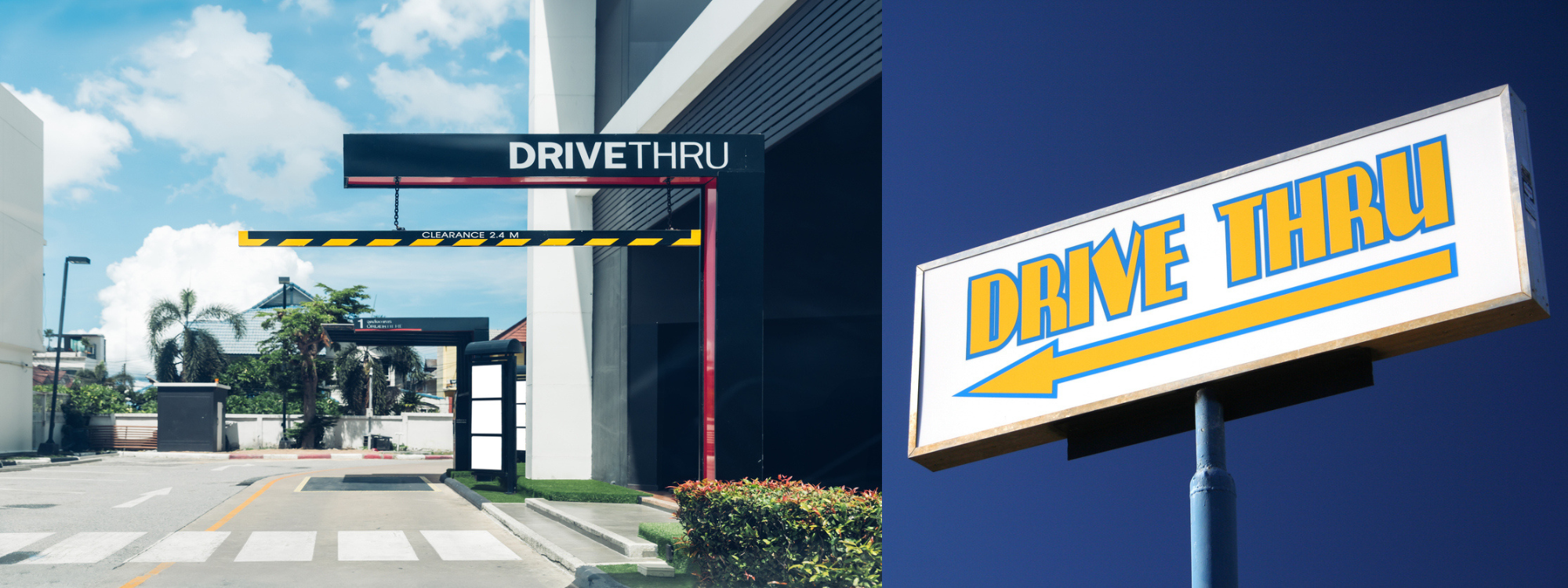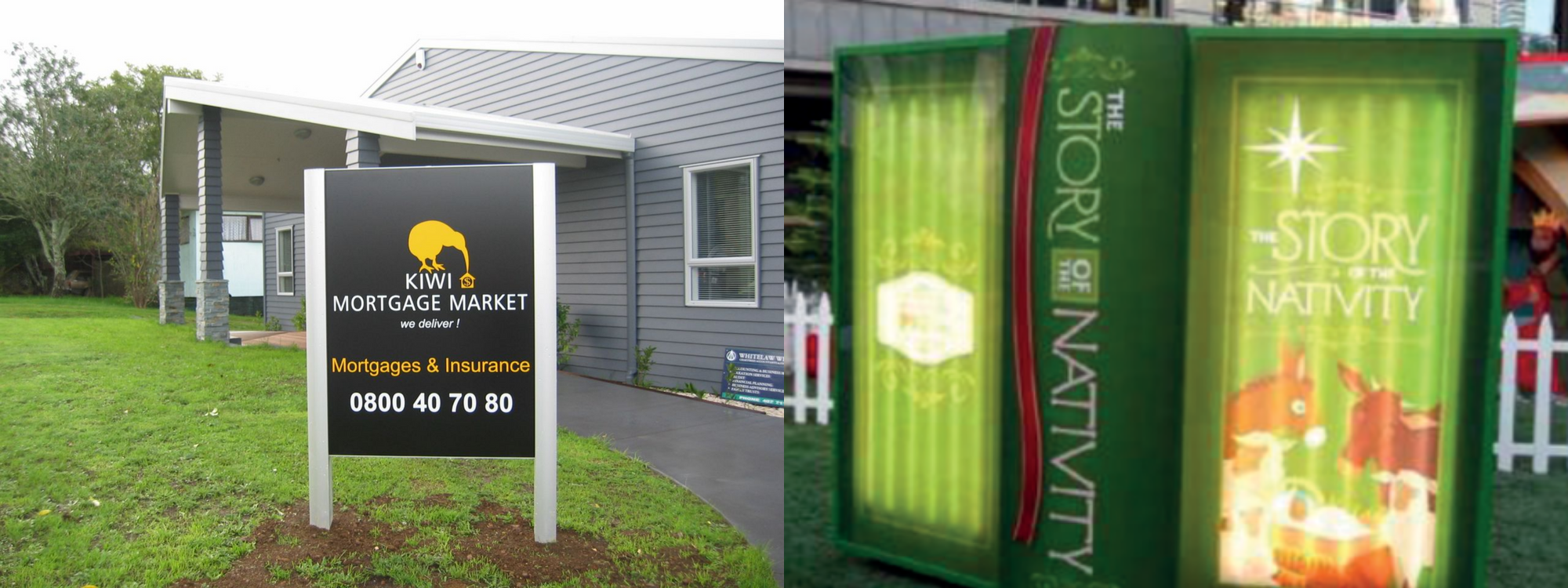For a long time, the totem or monolith sign has played an important role in signage, from the first impression at a corporate headquarters, to advertising within shopping malls, directions in streets, airports and railway stations and information at petrol stations.
Although some industry sectors have seen decline, there are several growth and buoyant sectors that demand these free-standing artifacts – a blend of art, function and information. We talked with Project Manager Lawrie Keam at Cherwell, a leading sign trade supplies company, he said “There is a big uptick in interest from EV Charging companies on competing for the best-looking signage to attractive custom for their EV sites. In addition, Digital Displays are being introduced for wayfinding and advertising to promote other branding opportunities as another revenue stream.”

Digital Display Totems
As if a smartphone in every pocket was not enough, giant touchscreens are coming to your street corner! Just last month, BT announced that they will expand their network of high street ad totems to 2,000 sites. The company will convert telephone kiosks to what it calls Street Hubs – display totems that have multiple functions but exist mostly to run digital out-of-home advertising. According to sixteen-nine.net, the digital signage blog, this network of display totems will extend to more than 200 UK towns and cities, not just the large cities.
In public places the presence of interactive information or advertising is growing rapidly. A totem sign with LED touchscreen embedded can be an efficient way to engage with hundreds of pedestrians. Information can be displayed in a simple, intuitive format, with easily selectable options, such as language. Everything can be linked to central sources to keep the information up to date. The ability for one monolith sign to be used for multiple purposes, e.g. information and advertising, creates a compelling return on investment case.

EV Charging Stations
At the end of March 2024 there were nearly 60k vehicle charging points in the UK, across 32k locations. This is 47% increase in the space of 12 months. The government has set a target of 300k public chargers by 2030, five times the current total. (Source: Zap-Map.) Undoubtedly a new and expanding market for signage, charging points for both public and private users are springing up everywhere, and clear signage is key to making these zones profitable. Where fast chargers are installed, the large cabinet that houses the charger itself can become part of the visual signboard, but in many cases additional signage is needed. The use of a monolith sign to make these motorist hubs stand out is common, and the opportunity to advertise other services is obvious – the driver is likely to be sat there for some time. In many cases the charging station is placed conveniently near a restaurant, shop or other food outlet, so filling the car and occupants can be efficiently accomplished at the same time. This is a co-branding opportunity with both the EV charging service and the host site using the signage to promote their identities.

Drive-through Restaurants
The first drive-through was opened by McDonalds in 1986. Now there are over 2,000 drive-through restaurants in UK, of which 938 are McDonalds. (Source: group1automotive). According to real estate consultancy P-Three, restaurant brands are looking for more than 300 sites a year now.
If every driver locates drive-through restaurants with Google maps, why would huge totem signs be still required? The fact is that the physical signage is often sufficient to trigger the decision to either stop and eat, or draw customers into the site, like a lighthouse guiding cars in a sea of traffic and retail opportunities. And even when online maps are used, drivers and pedestrians still rely on the reassuring signage at the entrance to confirm they are at the right place. This is particularly so with some restaurants located within more obscure locations, for example within a hotel – where you might not expect to see takeaway options. The smart appearance of monolith signs makes them distinct from the array of rather plain road signage, and distinctive colours, shapes and illumination make a lasting impression on the passing public.
Do Cherwell Supply Monolith Sign Systems?
The Signpost 200 monolith system from Cherwell is familiar to many sign makers. The system is very smart, but also simple, and comprises two sign trays made from aluminium composite material, enclosing sturdy 75mm support posts. The wide array of stock colours means many options can be created in as little as 3 days, and powder-coating options take care of the special colours. The system is made-to-measure and can be built in one piece up to 2.4m high and 1m wide.



